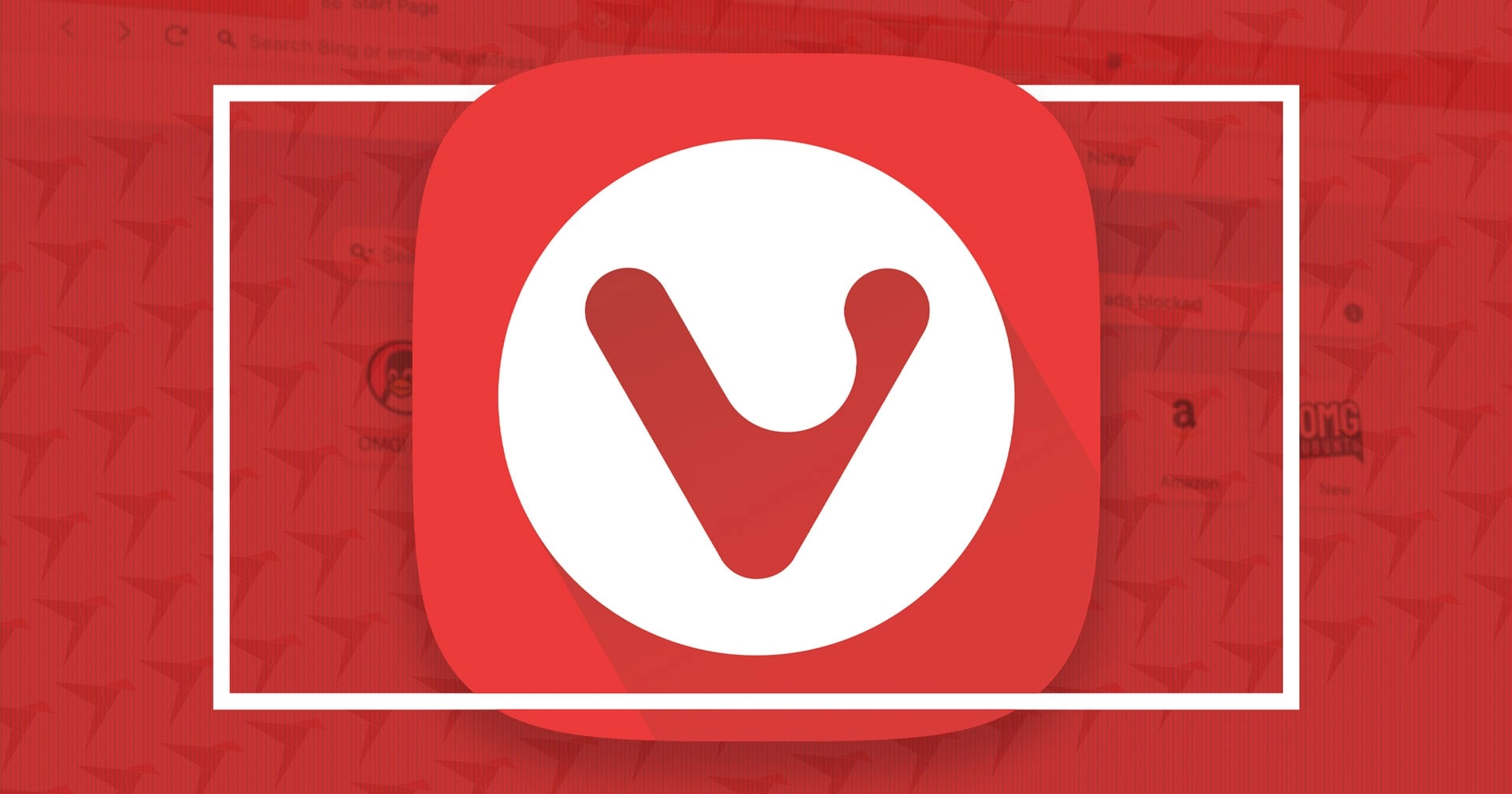Vivaldi 7.0 has been released, and its creators are promoting it as more than just an update; they claim it’s a completely new version of Vivaldi.
Long-time users of the browser will quickly understand the reason behind this, as Vivaldi has undergone a significant UI overhaul: a fresh theme featuring pill-shaped floating tabs and a revamped set of in-app icons, which can be reverted to the previous designs for those who prefer the old look.
The new tab page, referred to as the “start page” in Vivaldi terminology, includes a completely redesigned Dashboard feature that allows users to customize widgets for a more dynamic and informative interface, going beyond the traditional static speed dial and search bar.
Regarding the Dashboard, Vivaldi states “…it pulls everything together. Your Mail, Calendar, Notes, Tasks, and even your Feed Reader, are all in one place. It’s designed for multitaskers, project jugglers, and anyone who needs to see everything at a glance.”
In addition to the enhancements already mentioned, there are notable upgrades to the integrated email client, calendar, and RSS feed reader—an essential tool that I, as a publisher, highly advocate for in order to avoid the biases that come from algorithm-driven content.
Here are the key features of Vivaldi 7.0:
- Updated user interface featuring floating tabs
- Introduction of a new Dashboard feature
- New UI density settings: Regular or Compact
- Brand new theme and icon collection
- Enhanced email functionality, including a ‘jump to latest’ button
- Improvements in sync capabilities, such as real-time synchronization
- Enhancements to the feed reader, now including folder support
- Revised onboarding process
There are many more improvements beyond the highlighted features, including a host of bug fixes, performance enhancements, and a general refinement of the overall user experience.
In summary, this marks yet another impressive feature update—hold on; what’s that I hear…
“Vivaldi Has Introduced More Features?!”
Since its launch in 2015, the Vivaldi web browser has garnered a diverse user base across all major desktop platforms. This popularity stems from its abundance of features, which some users find appealing while others view as unconventional.
Typically, software developers tend to center their feature development on options that have the broadest appeal. Only those elements that the majority of users will engage with see enhancements or additions. Features catering to niche audiences are often discarded, and related requests frequently turned down.
In a similar vein, browser developers usually limit customization options. The rationale often presented is that too many choices can lead to confusion among users. Hence, the available controls tend to be essential or provide a narrow range of features, ensuring users operate the browser as intended by its creators.
This strategy is not inherently flawed, and many successful software applications adhere to this model.
However, it’s not the sole method for developing software.
Vivaldi provides an extensive array of customization options along with a rich set of features ranging from innovative to useful, from quirky to somewhat unusual – and it gains strength from this diversity.
Moreover, those who prefer a more simplified experience with fewer features are already well served.
In a landscape with limited options for those who desire control, choice, customization, and support for niche requirements without needing to rely on questionable browser extensions, Vivaldi clearly stands out.
It shouldn’t be of concern whether one chooses to celebrate it; the reality that Vivaldi provides what others lack is certainly something worth recognizing – a shield against monotony, if you will!
How to Install Vivaldi on Ubuntu
Vivaldi for Desktop is offered free of charge (though not open-source) and is accessible for Windows (including ARM), macOS, and Linux (including ARM). It is built on the foundation of Chromium, making it compatible with a majority of Chrome Extensions (including the one for this site).
If you are a user of Ubuntu or Linux Mint, you can download the Vivaldi DEB installer, which will set up the official APT repository for updates during installation. Additionally, Ubuntu users can now choose the official Vivaldi snap package.
For those who prefer Flatpak, there is Vivaldi available on Flathub. However, it’s important to note that this build is considered ‘unverified’, even though it is actively maintained and updated by a Vivaldi team member.
